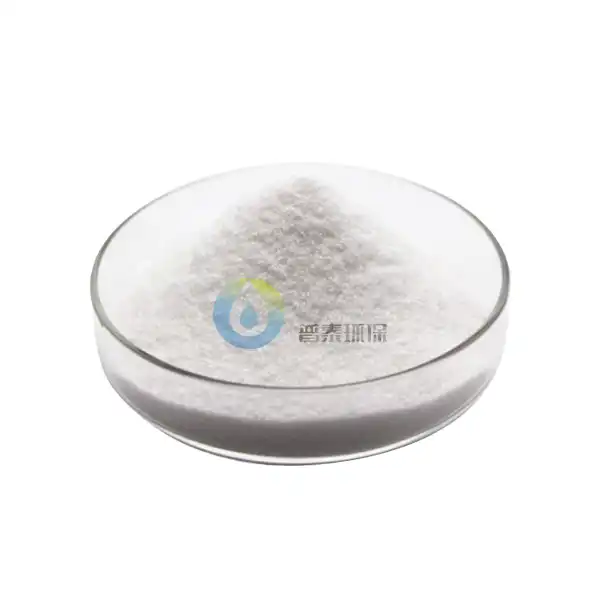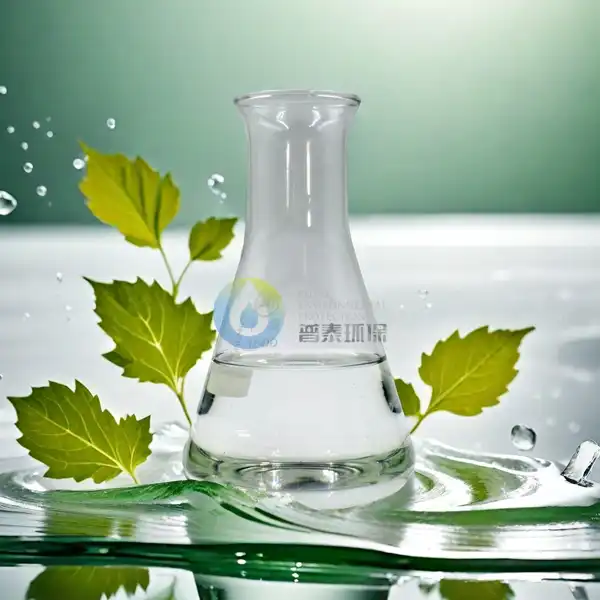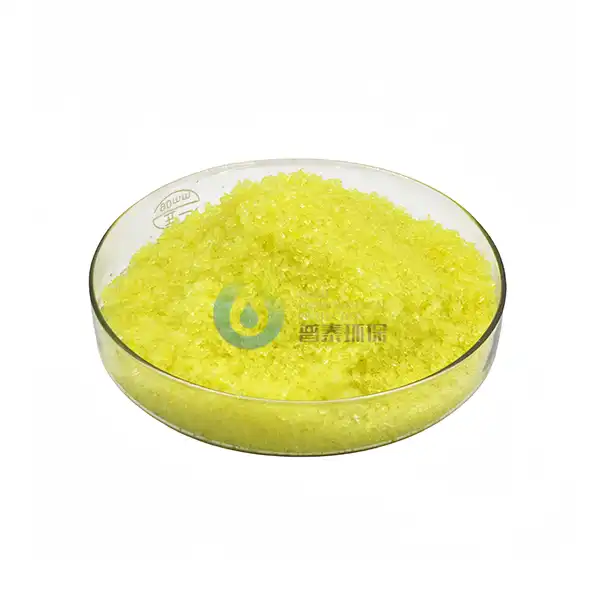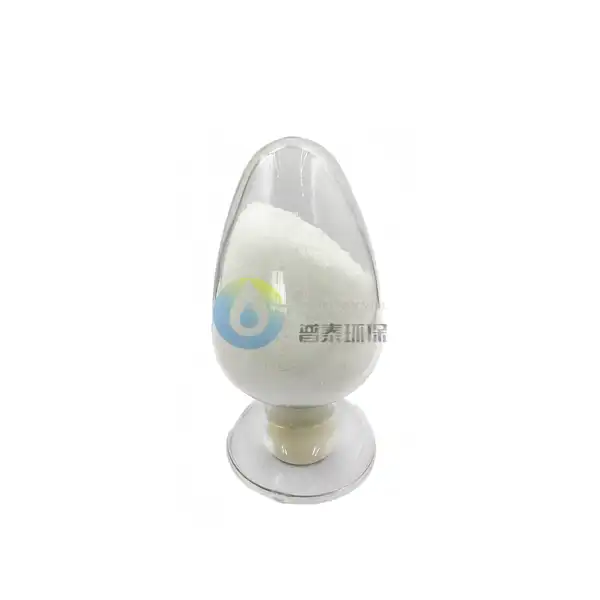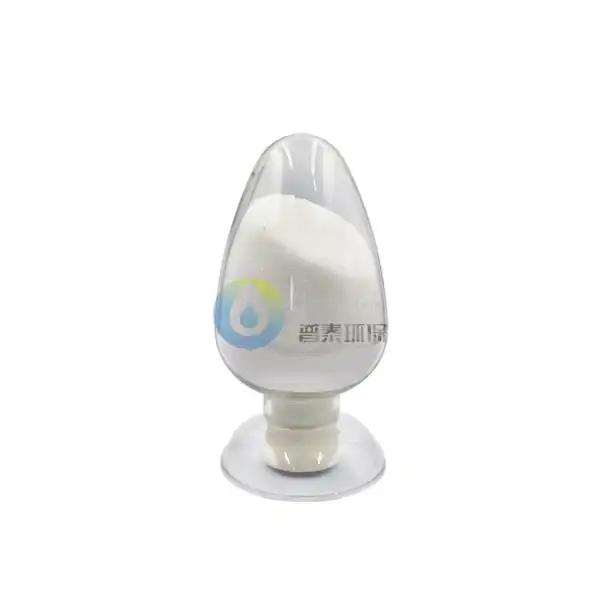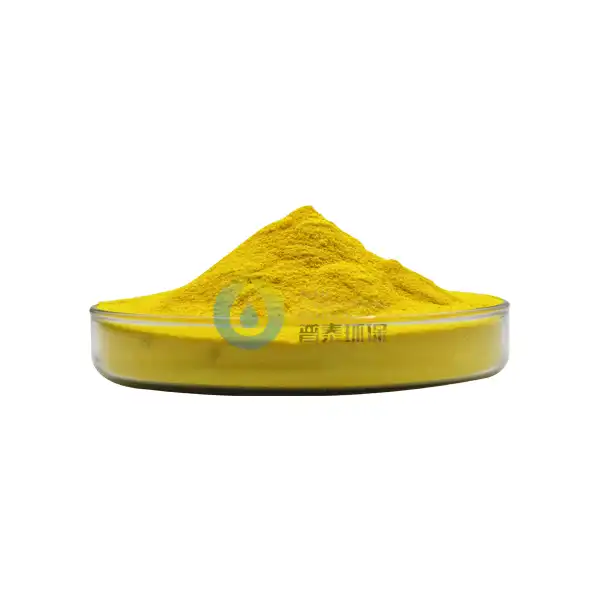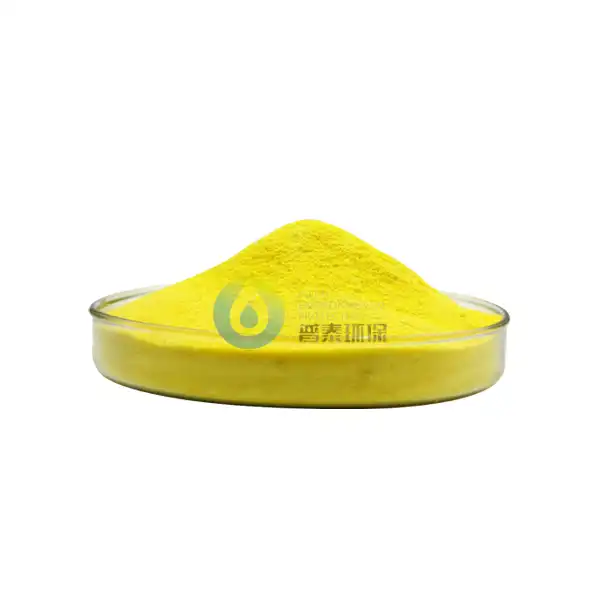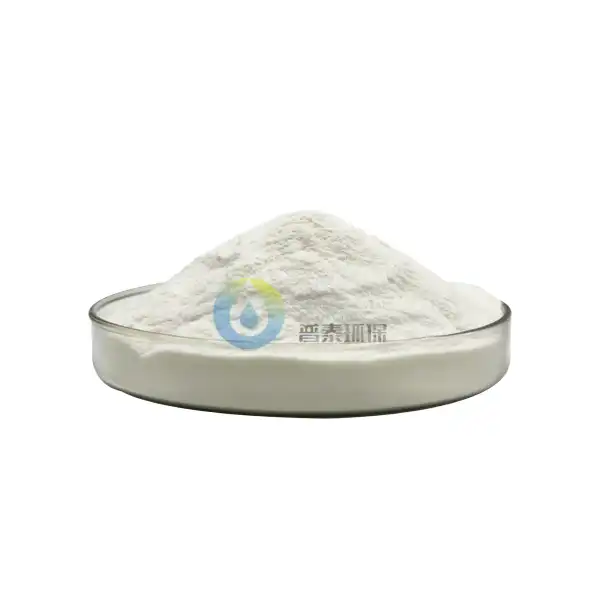How Does Poly Aluminium Chloride Improve Water Quality in Municipal Treatment Plants?
Poly Aluminium Chloride (PAC) has emerged as a critical chemical solution in modern municipal water treatment processes, revolutionizing the way cities purify and maintain water quality. This innovative coagulant plays a pivotal role in transforming contaminated water sources into safe, potable water supplies, addressing complex environmental challenges faced by urban water treatment facilities worldwide. As global water scarcity and pollution become increasingly pressing issues, the role of advanced chemical treatments like PAC becomes ever more crucial in ensuring sustainable water management strategies.
How Does Poly Aluminium Chloride Enhance Contaminant Removal in Water Treatment?
The Mechanisms of Coagulation in Water Purification
Poly Aluminium Chloride in water treatment operates through sophisticated coagulation mechanisms that effectively remove suspended particles and impurities. When introduced into water systems, PAC creates microscopic bridging structures that attract and bind contaminants, facilitating their rapid removal. The unique molecular structure of PAC enables it to generate larger, more stable floc formations compared to traditional aluminum-based coagulants, resulting in more efficient water clarification processes.
The chemical interaction begins when PAC molecules are dispersed throughout the water, creating positive charges that neutralize negative charges on suspended particles. This electrostatic transformation causes microscopic impurities to aggregate, forming larger particles that can be easily filtered or settled out of the water stream. Municipal treatment plants leverage this precise mechanism to eliminate turbidity, organic matter, heavy metals, and various microorganisms that compromise water quality.
The complexity of PAC's molecular interactions extends beyond simple particle removal. Research has shown that its polymeric nature allows for more comprehensive contaminant capture, creating a three-dimensional network that effectively traps microscopic impurities. This advanced mechanism ensures a more thorough cleansing process, addressing multiple water quality challenges simultaneously.
Advanced Particle Aggregation Techniques
Water treatment engineers have extensively researched PAC's exceptional particle aggregation capabilities. By maintaining a lower basicity compared to traditional aluminum coagulants, PAC demonstrates superior performance in diverse water conditions. The chemical's ability to function effectively across a broader pH range makes it an invaluable tool for municipalities dealing with fluctuating water characteristics.
The aggregation process involves intricate chemical interactions that go beyond simple physical binding. PAC molecules create complex intermolecular bridges, allowing for more stable and efficient particle removal. This technique proves particularly effective in addressing challenging water sources with high turbidity or complex organic contamination, providing municipal treatment plants with a versatile and robust solution.
Moreover, the adaptability of PAC in various water environments showcases its technological superiority. Whether treating surface water, groundwater, or industrial wastewater, this innovative coagulant demonstrates remarkable consistency in performance, making it a preferred choice for water treatment professionals globally.
Comprehensive Contaminant Elimination Strategy
The strategic deployment of Poly Aluminium Chloride in water treatment allows for a multi-layered approach to water purification. Beyond simple particle removal, PAC demonstrates remarkable efficacy in eliminating complex organic compounds, reducing microbiological risks, and minimizing potential health hazards associated with untreated water sources.
This comprehensive strategy involves not just removing visible contaminants but addressing potential microscopic threats. PAC's unique chemical structure enables it to neutralize pathogens, reduce heavy metal concentrations, and mitigate organic pollutants that traditional treatment methods might overlook. The result is a more holistic water treatment approach that prioritizes public health and environmental safety.
What Makes Poly Aluminium Chloride More Efficient Than Traditional Coagulants?
Reduced Chemical Consumption and Enhanced Performance
Poly Aluminium Chloride in water treatment offers significant advantages in terms of chemical efficiency. Unlike traditional coagulants that require higher dosages, PAC achieves superior results with minimal chemical input. This characteristic translates into substantial cost savings for municipal water treatment facilities while simultaneously reducing the environmental footprint of water purification processes.
The efficiency of PAC extends beyond mere chemical reduction. Its advanced molecular design allows for more targeted contaminant removal, meaning less waste and more precise water treatment. Municipal engineers can optimize dosages more accurately, leading to more sustainable and economically viable water treatment strategies.
Improved Water Clarity and Aesthetic Quality
The advanced molecular structure of PAC enables unprecedented improvements in water clarity. Municipal treatment plants utilizing this innovative coagulant observe remarkable reductions in turbidity, resulting in visually clearer water with enhanced aesthetic qualities. The rapid flocculation process ensures that suspended particles are quickly and efficiently removed, producing water that meets the most stringent quality standards.
Beyond aesthetic improvements, enhanced water clarity indicates more comprehensive purification. Clearer water suggests a more thorough removal of potential contaminants, providing communities with higher confidence in their water supply. The visual transformation represents a tangible demonstration of PAC's advanced treatment capabilities.
Minimized Residual Aluminum Concentration
Water treatment professionals appreciate PAC's ability to minimize residual aluminum concentrations in treated water. By employing a more stable and controlled coagulation process, this advanced chemical solution reduces the potential for aluminum carry-over, addressing long-standing concerns associated with traditional aluminum-based treatment methods.
The reduced aluminum residual is particularly significant for long-term water quality and public health considerations. By minimizing potential metal contamination, PAC provides a safer, more refined approach to water treatment that aligns with increasingly stringent environmental and health regulations.
How Do Municipal Treatment Plants Implement Poly Aluminium Chloride Technology?
Strategic Dosage and Application Protocols
Successfully implementing Poly Aluminium Chloride in water treatment requires precise dosage calculations and sophisticated application protocols. Municipal engineers must consider various factors such as water source characteristics, seasonal variations, and specific contaminant profiles to optimize PAC utilization.
Advanced computational models and real-time monitoring systems have revolutionized PAC application strategies. Treatment facilities now employ complex algorithms that dynamically adjust coagulant dosages, ensuring maximum efficiency and minimal waste. This data-driven approach represents the cutting edge of water treatment technology.
Advanced Monitoring and Quality Control
Modern water treatment facilities integrate comprehensive monitoring systems to track PAC performance continuously. These sophisticated technologies enable real-time adjustments, ensuring consistent water quality and maximizing the effectiveness of the coagulation process.
Emerging technologies like AI-driven monitoring and IoT-enabled sensors are further enhancing the implementation of PAC in municipal water treatment. These innovations allow for unprecedented levels of precision and responsiveness, transforming water treatment from a static process to a dynamic, adaptive system.
Sustainable Water Treatment Practices
The integration of PAC represents a significant step towards more sustainable water treatment practices. By improving removal efficiency and reducing chemical consumption, municipalities can achieve more environmentally responsible water purification strategies.
Sustainability in water treatment goes beyond immediate chemical efficiency. PAC's advanced technology contributes to broader environmental conservation efforts, reducing energy consumption, minimizing chemical waste, and supporting circular water management principles.
Conclusion
Poly Aluminium Chloride stands as a transformative solution in municipal water treatment, offering unprecedented efficiency, cost-effectiveness, and environmental sustainability. Its advanced chemical properties continue to revolutionize water purification technologies.
Xi'an Putai Environmental Protection Co., Ltd. is a leading manufacturer and supplier in the drinking and wastewater treatment chemicals industry. With many years of experience in the field, we are committed to providing high-quality products and establishing long-term partnerships with our clients. Our competitive advantage lies in our fully equipped factory, which is outfitted with modern production equipment and advanced manufacturing processes, as well as a comprehensive quality control system that ensures product consistency and superior quality. Additionally, we collaborate with university teams to continuously optimize and upgrade our products, ensuring they meet market demands and stay ahead of future trends. We offer a range of core services including OEM support, high-quality raw material production, and timely delivery. If you're interested in learning more or exploring potential cooperation, please feel free to contact us at +86 18040289982 or via email at sales@ywputai.com. We look forward to the opportunity to work with you.
References:
1. Duan, J., & Gregory, J. (2003). Coagulation by hydrolysing metal salts. Advances in Colloid and Interface Science, 100-102, 475-502.
2. Crittenden, J. C., et al. (2012). MWH's Water Treatment: Principles and Design. John Wiley & Sons.
3. Letterman, R. D. (1999). Water Quality and Treatment: A Handbook of Community Water Supplies. McGraw-Hill.
4. Tchobanoglous, G., et al. (2014). Wastewater Engineering: Treatment and Resource Recovery. McGraw-Hill Education.
5. White, M. C., et al. (2008). Handbook of Water and Wastewater Treatment Technologies. Butterworth-Heinemann.
6. Pontius, F. W. (2003). Water Quality and Treatment: A Handbook of Community Water Supplies. American Water Works Association.
